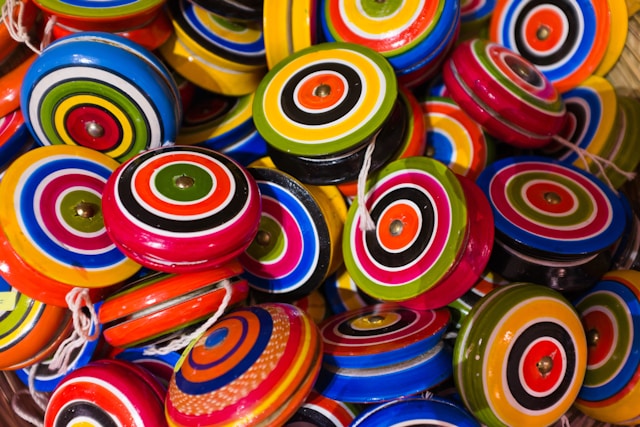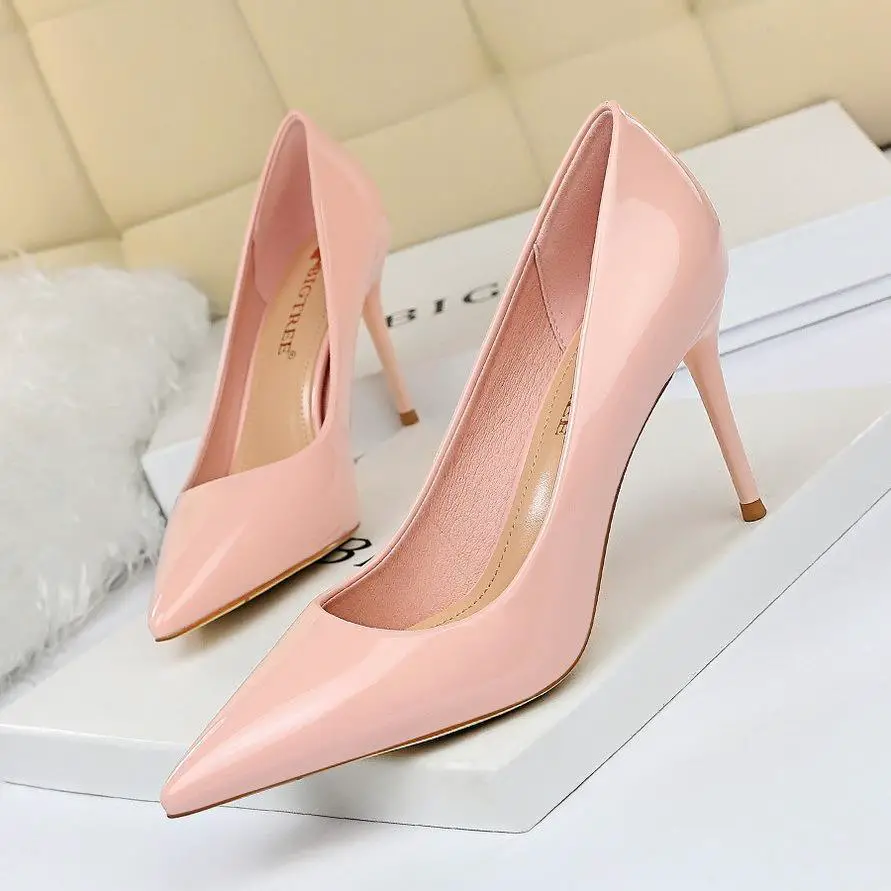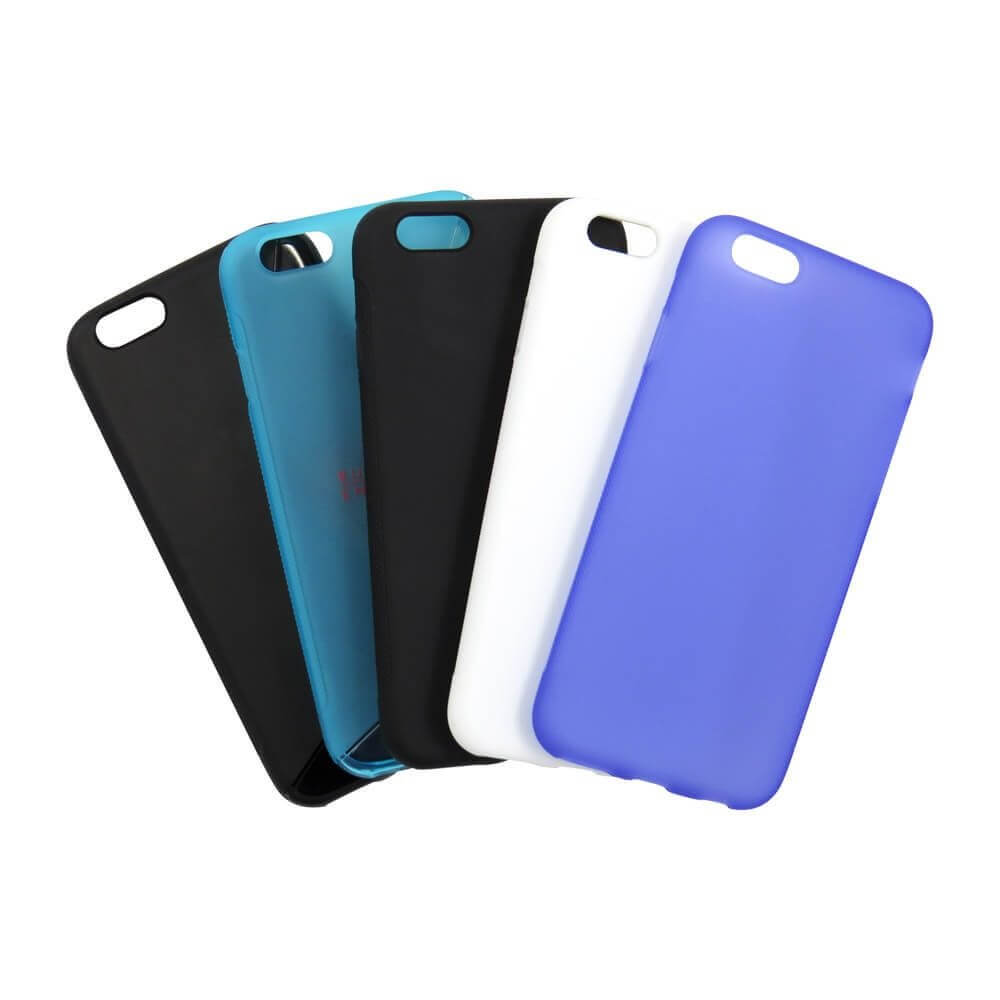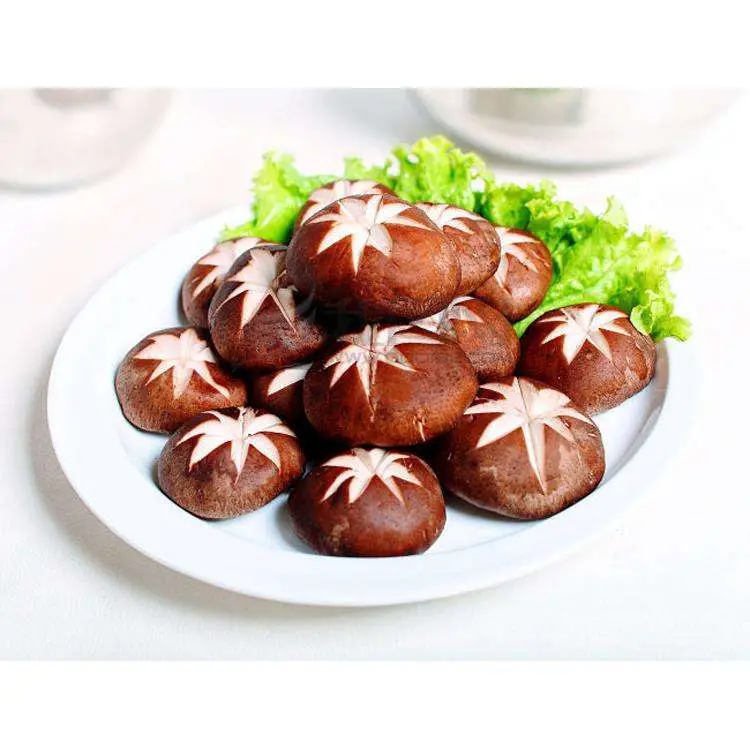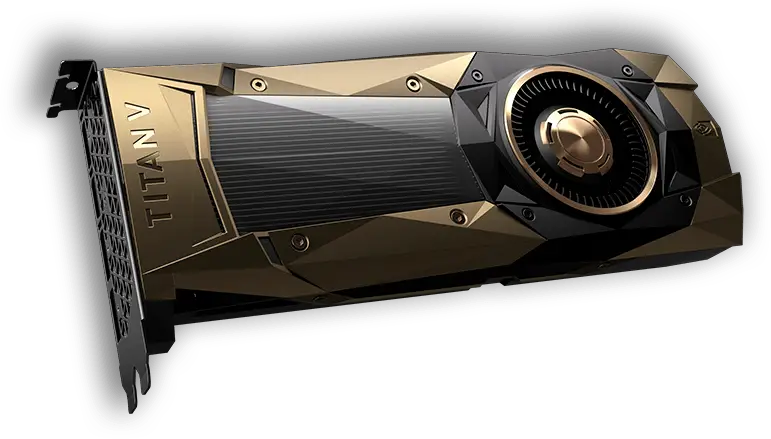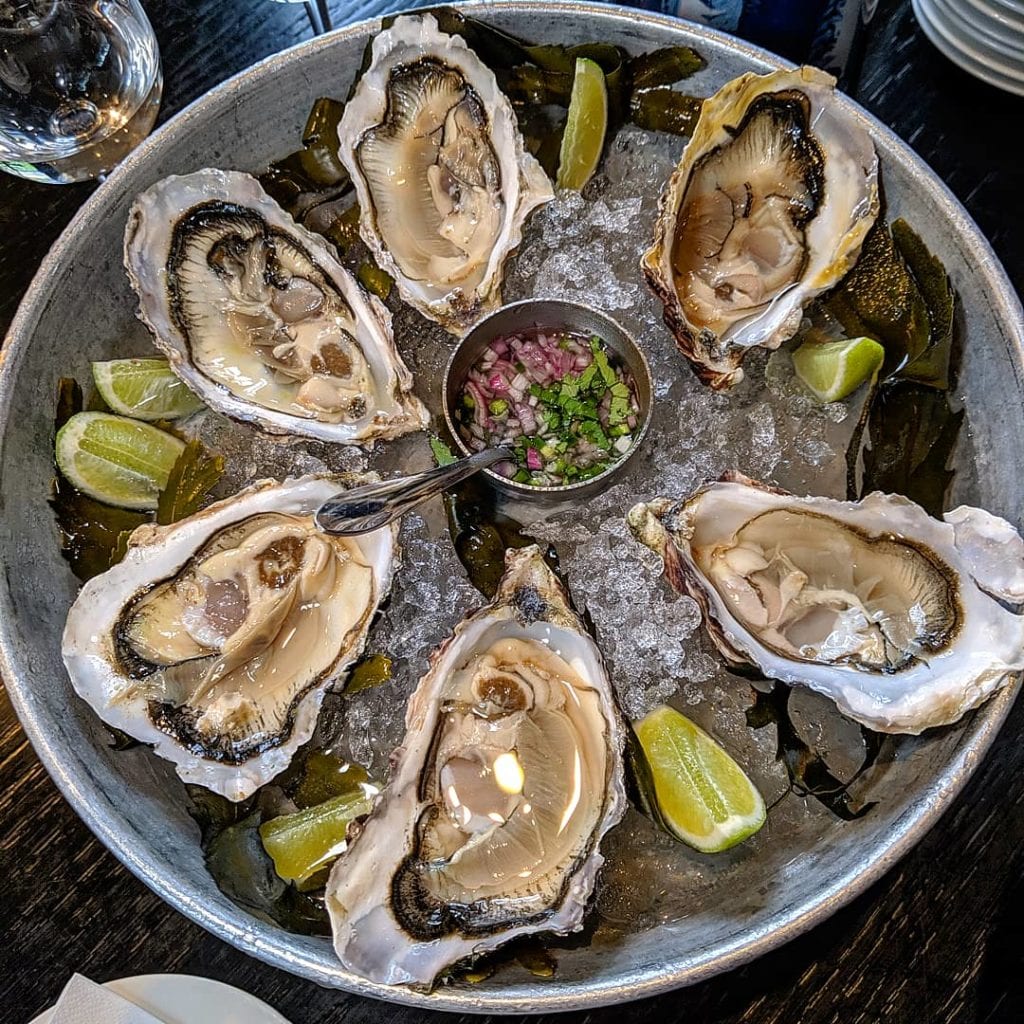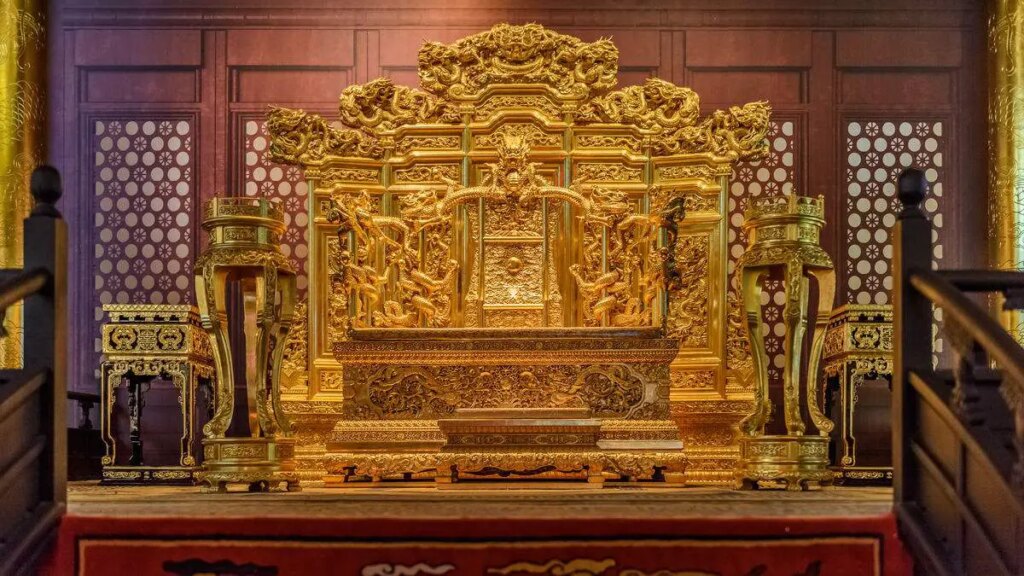Which is the most expensive yoyo in the world?
The most expensive yoyo ever made is the TITANIUM YOYO, which can cost over $1,000. These high-end yoyos are often crafted from exotic materials and are more about collectability than performance.
What is the oldest yoyo in the world?
The oldest known yoyo dates back to around 500 B.C. in ancient Greece. They used wooden disks on a string, which is pretty much the same concept we have today!
What are the best types of yoyos?
The best types of yoyos really depend on your style and skill level. For beginners, responsive yoyos like the Duncan Butterfly are great. For more advanced players, unresponsive yoyos like the One Drop Markmont Classic or YoyoFactory Shutter are popular choices.
What was the first Yoyo brand?
The first yoyo brand is often credited to Duncan, which started making yoyos in the 1920s. They really helped popularize the toy in the United States.
Can yoyos get legendary?
Absolutely! Some yoyos become legendary due to their unique designs, performance, or the tricks they enable. For example, the Duncan Freehand is legendary in the 5A style of yoyoing.
What is the heaviest yo-yo?
The heaviest yoyo is often a tie among various custom models, but many players consider the Duncan Freehand Zero to be one of the heavier options, weighing in around 70 grams.
Were yoyos ever used as weapons?
Yes, yoyos have been used as weapons in some cultures! In the Philippines, they were used as a tool for self-defense, showcasing their versatility beyond just being a toy.
Why is yoyo called yoyo?
The term “yoyo” comes from the Ilocano language in the Philippines, where it means “to come back.” It perfectly describes how the toy works—throw it down, and it comes back up!
What is the world record of Yoyo?
As of now, the world record for the longest yoyo sleep time is 27 minutes and 9 seconds! That’s a seriously impressive feat!
Which yoyo is best for DNA?
For the DNA trick, the YoyoFactory Arrow is highly recommended for beginners because it’s responsive and makes it easier to learn the trick. Once you’re more advanced, you can try the YoyoFactory DNA itself.
What are the 5 styles of Yoyo?
The five main styles of yoyoing are:
- 1A: Single yoyo on a string.
- 2A: Two responsive yoyos for looping tricks.
- 3A: Two unresponsive yoyos for string tricks.
- 4A: Offstring yoyoing, where the yoyo isn’t attached to the string.
- 5A: Freehand yoyoing, where a counterweight is used instead of holding the string.
What is a cowboy yoyo?
A cowboy yoyo is a type of yoyo that is designed for looping tricks, often with a wider gap and a more responsive setup to help with those quick returns.
Who made the Coca-Cola Yoyo?
The Coca-Cola yoyo was produced by Duncan Toys as a promotional item in the 1980s. It was a fun way to combine two popular brands!
What is yo-yo slang for?
In slang, “yo-yo” can refer to someone who is indecisive or inconsistent, as in “stop being a yo-yo!” It’s a playful way to describe someone who keeps changing their mind.
Who is the biggest Yoyo manufacturer?
The biggest yoyo manufacturer is Duncan, known for their wide range of yoyos and their significant impact on the yoyo community. They’ve been around for decades and are a household name in the yoyo world.
How rare is the eye of Cthulhu yoyo?
The Eye of Cthulhu yoyo is considered quite rare, especially if it’s a limited edition. Collectors often seek it out, making it a prized possession for yoyo enthusiasts.
Are yoyos making a comeback?
Yes! Yoyos are definitely making a comeback, especially with the rise of social media and yoyo tricks going viral. More people are discovering the fun of yoyoing again!
Are yoyos still popular?
Absolutely! Yoyos remain popular among both kids and adults. There are even competitions and communities dedicated to yoyo tricks and skills.
What is the most expensive yoyo ever made?
The most expensive yoyo ever made is the TITANIUM YOYO, which can sell for over $1,000. These are often collector’s items rather than everyday toys.
Who really invented Yoyo?
The invention of the yoyo is credited to the ancient Greeks, but it was popularized in the 1920s by Duncan, who brought it to the United States and commercialized it.
How old is the oldest Yoyo?
The oldest yoyo is believed to be around 2,500 years old, originating from ancient Greece, where it was made from wood and used as a toy.
What is Godspeed Yoyo Trick?
The Godspeed trick is a complex yoyo maneuver that involves a series of fast, fluid movements, showcasing advanced skills and precision. It’s a crowd-pleaser at competitions!
What yoyo do pros use?
Professional yoyo players often use high-end models like the YoyoFactory Shutter or the One Drop Markmont Classic. These yoyos are designed for performance and can handle advanced tricks.
What is a 1A yoyo trick?
A 1A yoyo trick involves using a single yoyo attached to the string, focusing on string tricks and technical maneuvers. It’s the most common style of yoyoing.
What is an unresponsive yoyo?
An unresponsive yoyo is one that doesn’t return to your hand with a simple tug. Instead, you need to perform a trick called a “bind” to bring it back. This allows for longer spin times and more complex tricks.
Are Chinese yoyos Chinese?
Yes, many yoyos are manufactured in China, and there are specific styles of yoyos that are popular in Chinese yoyo culture, such as the Chinese yoyo or diabolo.
What company owns yo-yo?
Duncan Toys is one of the most well-known companies that owns the yoyo brand. They’ve been a significant player in the yoyo market for decades.
What are the 2 types of yoyos?
The two main types of yoyos are responsive and unresponsive. Responsive yoyos come back to your hand with a tug, while unresponsive yoyos require a bind trick to return.
What are those big yoyos called?
The big yoyos are often referred to as offstring yoyos or diabolos, which are designed for tricks where the yoyo is not attached to the string.
When was the yoyo a fad?
The yoyo became a major fad in the 1960s and again in the 1990s, with many kids and adults getting into yoyoing, leading to a surge in popularity and sales.
Who is the Yoyo master?
There are many yoyo masters, but Gentry Stein is one of the most recognized names in the yoyo world today, known for his incredible skills and competition wins.
How to do DNA yoyo?
To do the DNA trick, start with a responsive yoyo. Throw it at an angle, let it fall onto your finger, and then align your top hand with the yoyo as it spins. It takes practice, but it’s a fun trick to learn!
Who is the fastest Yoyoer in the world?
The title of the fastest yoyoer can vary, but Gentry Stein is often mentioned among the top competitors known for his speed and skill in yoyo tricks.

